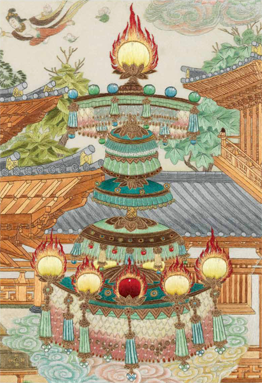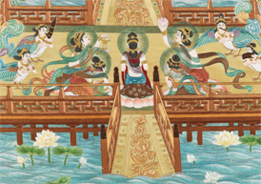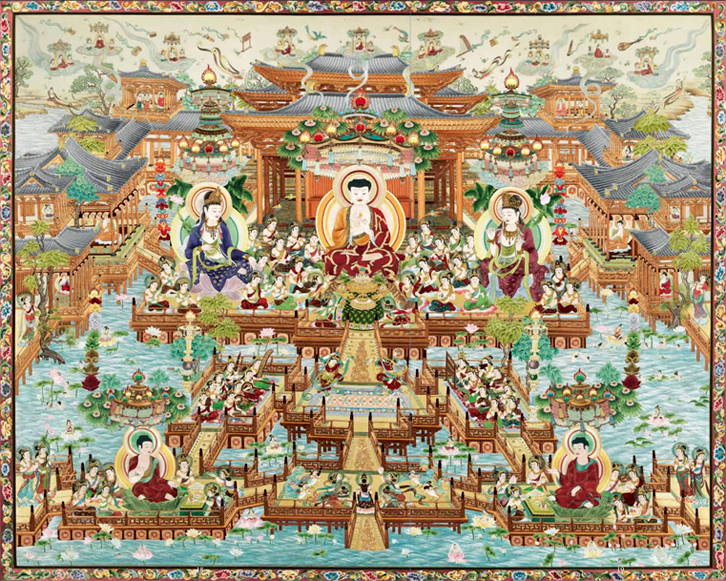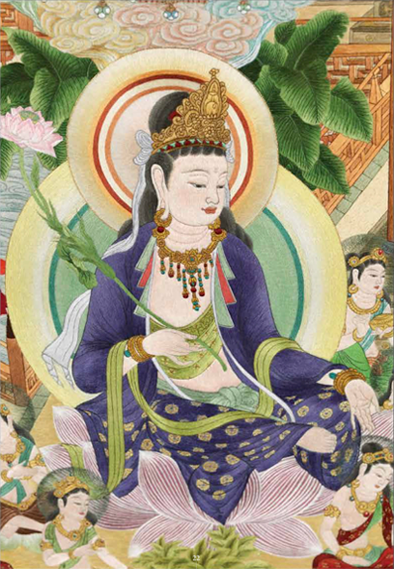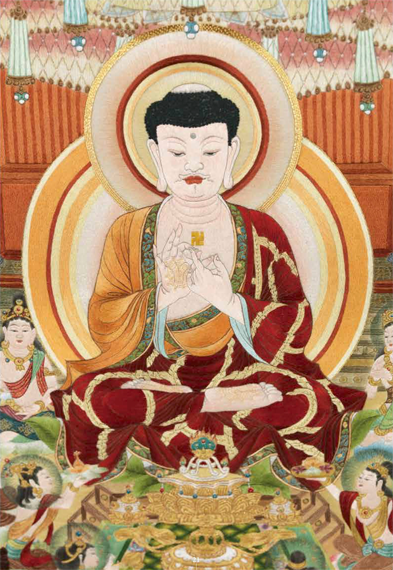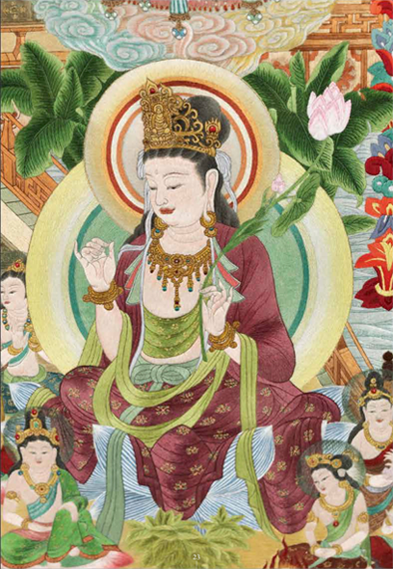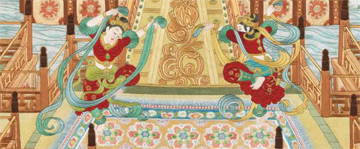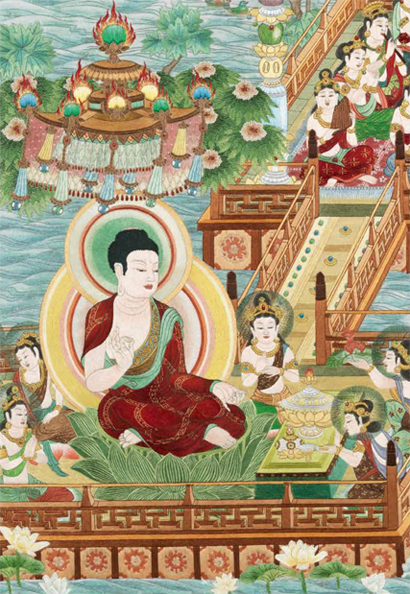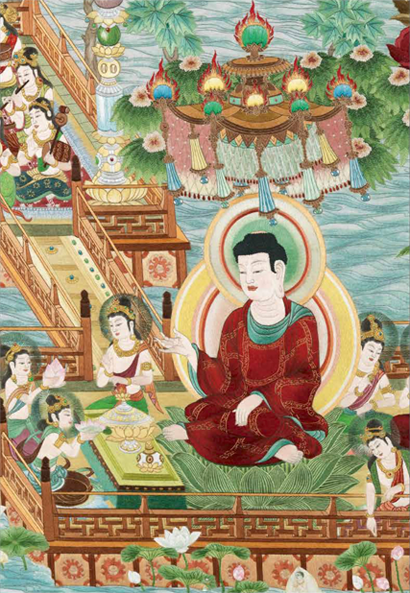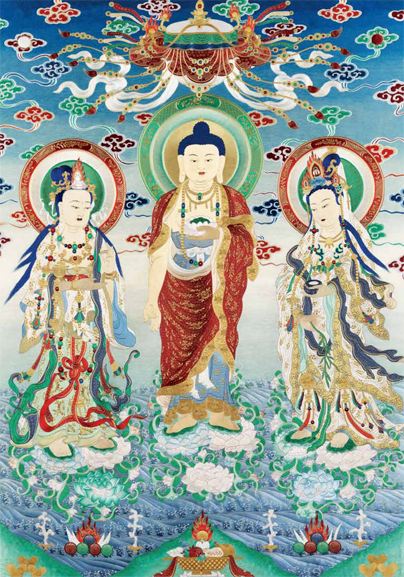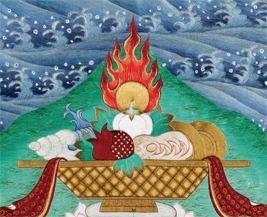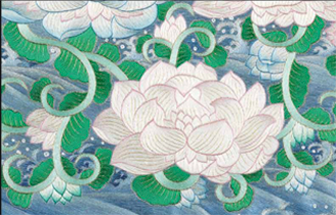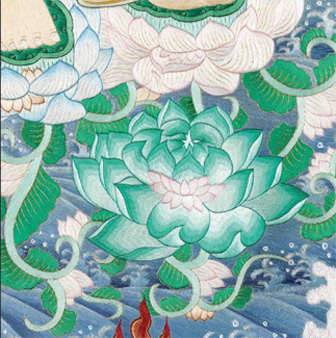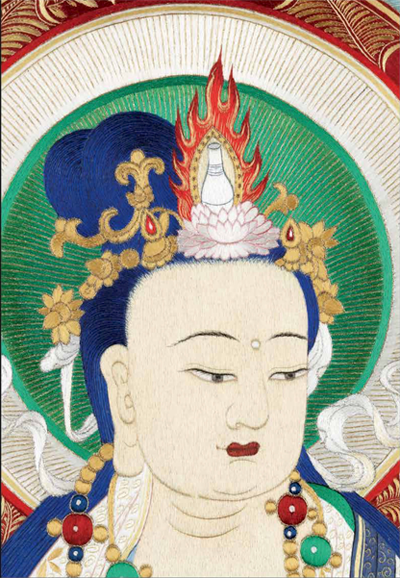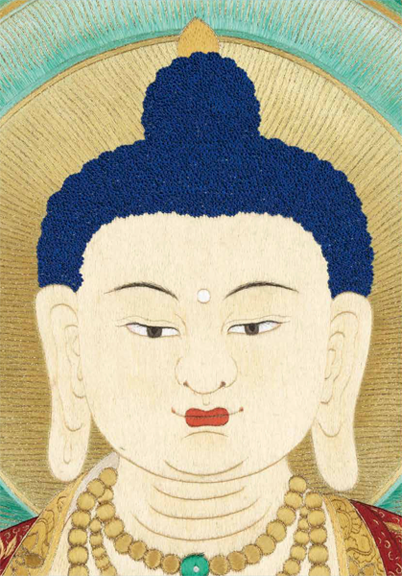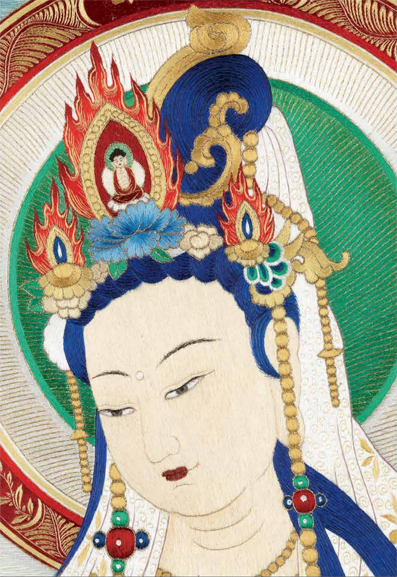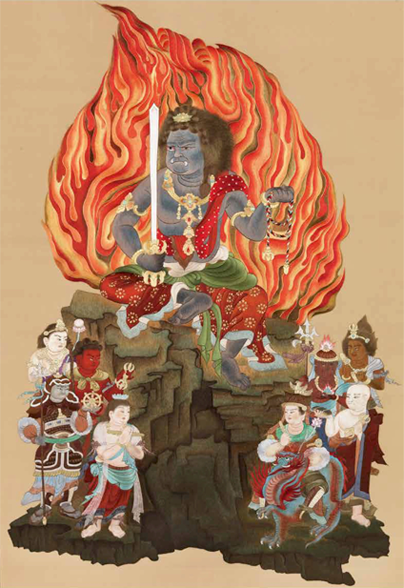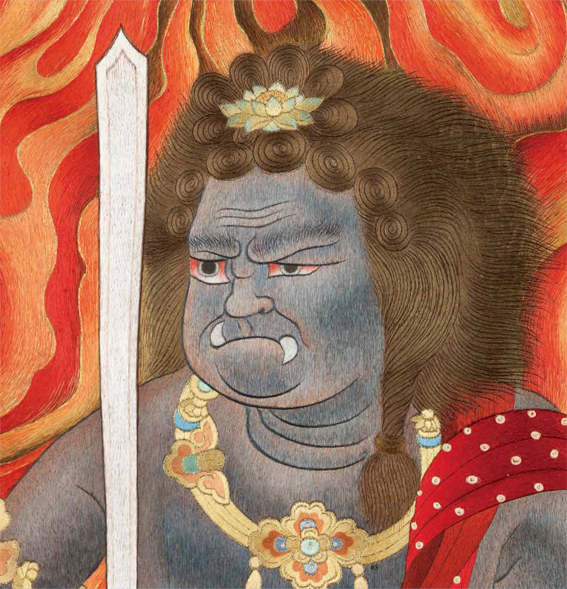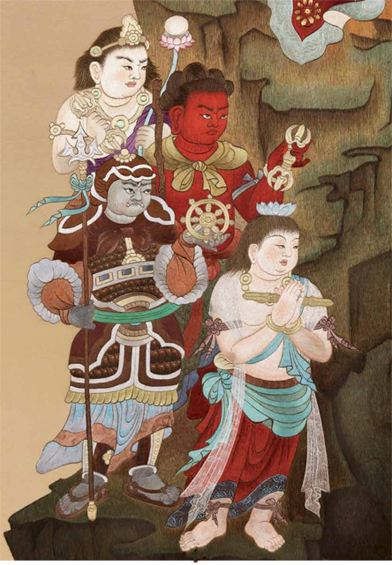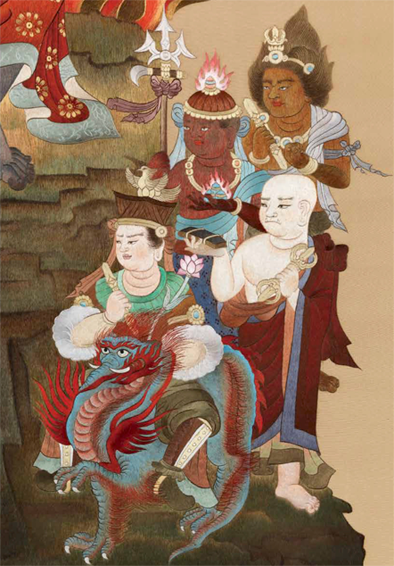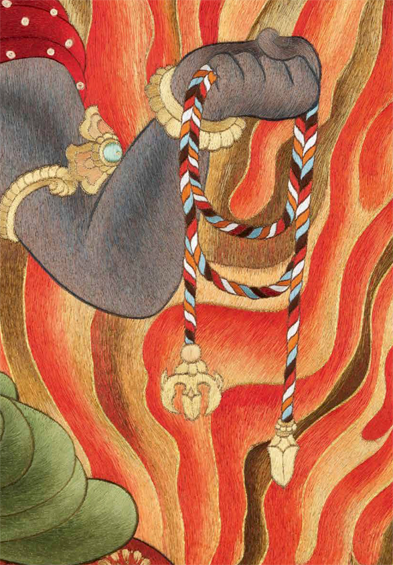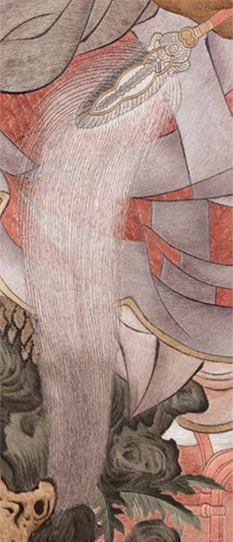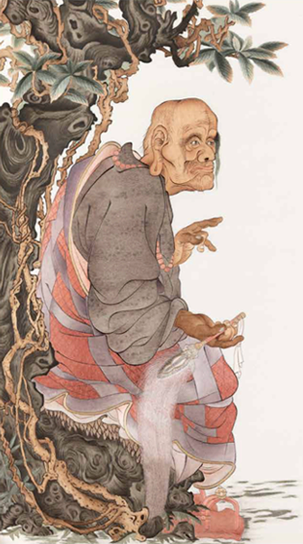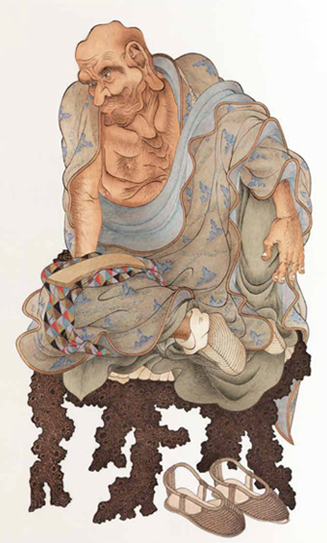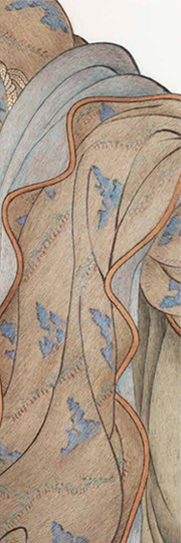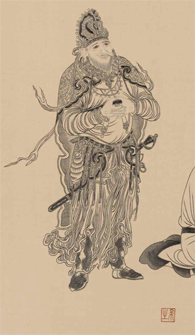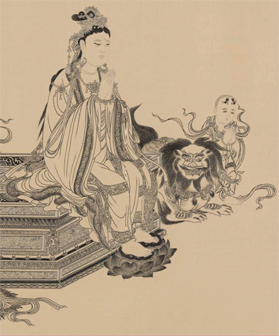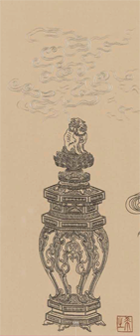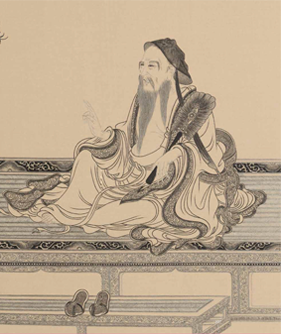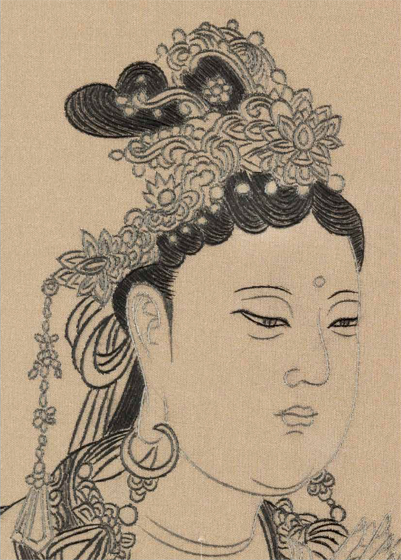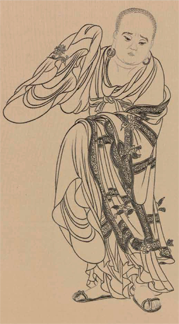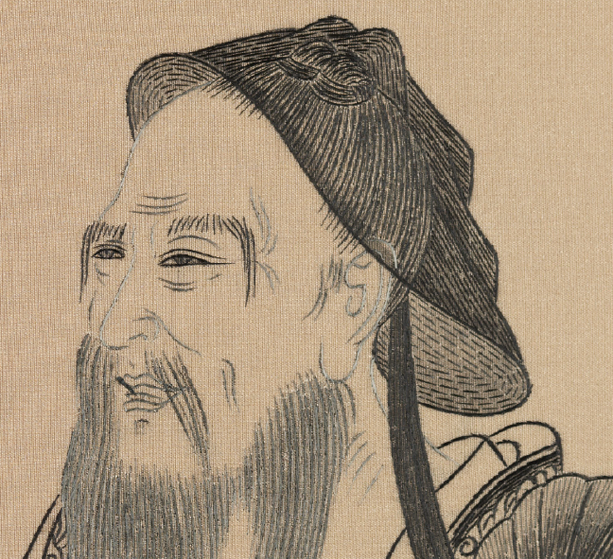

Suzhou Silk Embroidery
Suzhou silk embroidery has approximately 2,000 years of history. It is highly prized for its beauty, design, intricate work, vividness, techniques, colours, sheen and local features. They are composed of fine, dense, harmonious, bright, smooth and even characteristics. Of all embroideries, two-sided embroidery is the most exquisite.
Everlasting – Contemporary Suzhou Silk Embroidery Works
Cultural elements are an essential part of a work of art. In this fast paced era, the art of embroidery faces challenges, whether it can change with the times while retaining its heritage and tradition.
With outstanding skills and passion, embroidery master, Zhang Meifang, is deeply committed to promoting and developing the art of embroidery. She established the Suzhou Embroidery Art Innovation Centre to research and study the essence of traditional embroidery needlework and its future development. Zhang has collaborated with Chi Lin Nunnery to create a collection of new embroidery artworks. In terms of both techniques and aesthetics, they are unprecedented and of exceptionally high quality.
This book features the extraordinary contemporary Suzhou embroidery masterpieces, a collaboration with Zhang Meifang and Chi Lin Nunnery.
